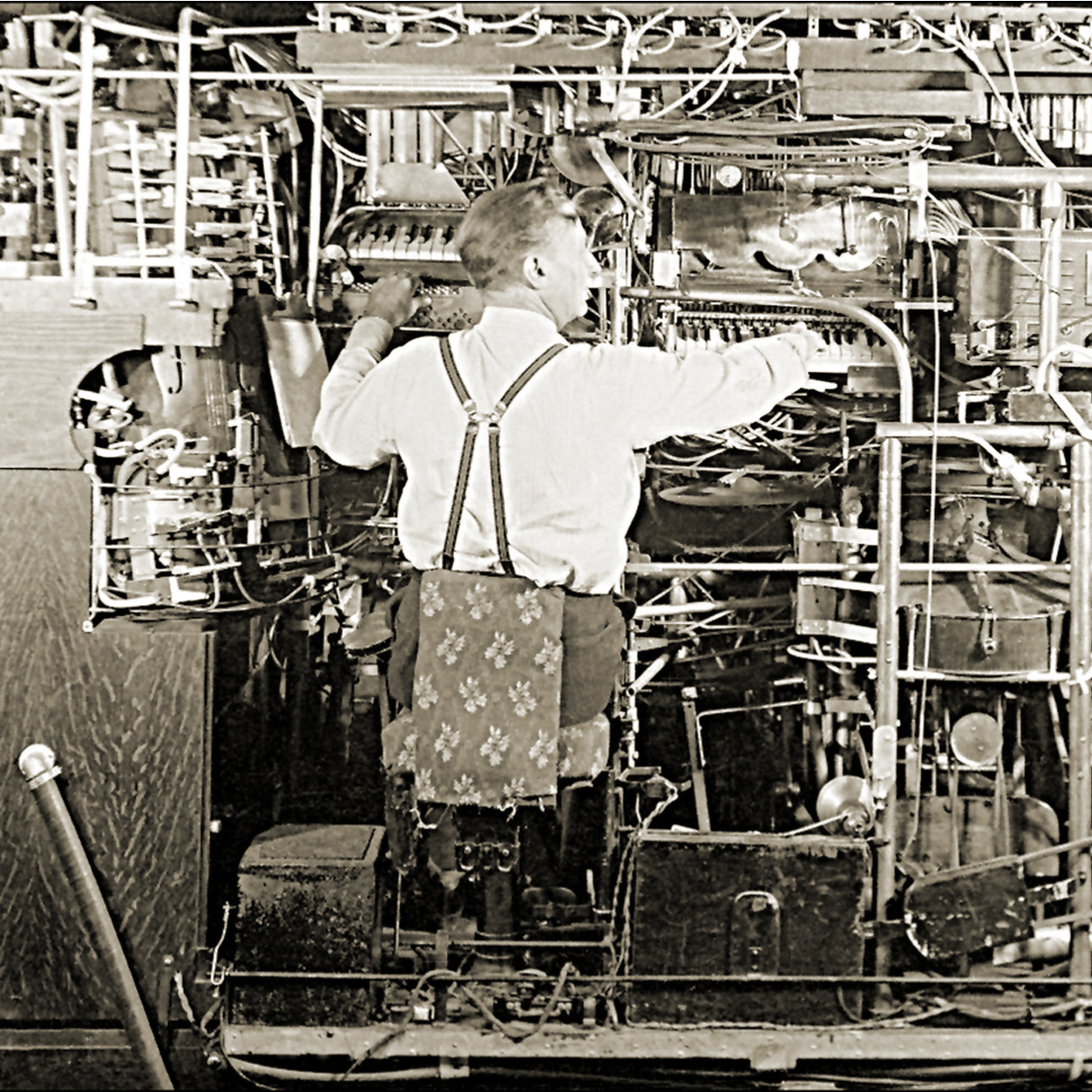The History of Industrial Uniforms
Governments and industrial corporations across the globe have long mandated the use of industry-specific uniforms for their employees.
Unlike regular workwear and specific service wear (i.e. military uniforms) whose primary purpose is identification and branding, industrial uniforms are more functional and are designed to keep wearers safe from the hazards of manual labor.
But industrial uniforms share a common history with regular workwear: they were first created to provide distinction – between different professions, different ranks within the same position, and between the employers that they served.
Before Uniforms
Before there were uniforms, at an age when garment production was much too expensive, workers used badges to mark distinction. As garment production became more accessible but not yet mass-produced, many wealthy or noble families across Europe had specialized clothing designed to distinguish their servants – or what was then known as liveries – from the others. The designs, of course, were more for show than function.
Industrial Revolution and Beyond
The Industrial Revolution heralded the creation of various industrial occupations. People started leaving their farms to work in factories, plants, etc. This period also marked the beginning of garment mass production that went on well after the World Wars, creating distinctive uniforms for the industrial worker. The designs and materials used were now selected based on the need of the industrial worker.
Denim rose to prominence for its hardiness, providing comfort, function, and protection for manual laborers. The multi-pocket jean design that has made Levi-Strauss a household name and legend in the history of garments and apparel proved to be helpful to miners and railway workers and became one of the earliest standards for industrial workwear.
Railroad workers’ use of denim overalls became standard wear for many industrial workers and were the distinctive look of manual laborers across America and Europe. Jackets made of denim became the favored partner of the denim coveralls beginning the 1920s and the design has changed very minimally since. This was some of the early inspiration for the coveralls of today’s industrial worker.
The use of waterproof garments also became the norm for sailors. Oilskin and Souwester garments were used to protect sailors, especially during wet weather. Merchant seamen were also known to wear turtleneck tops with their denims to protect against long, cold days at sea. Later on, with the improvement of garment production in the post-WWII era, dockers and ship workers turned to thick and warm Fearnought Smock Jackets as well as heavily-oiled wool that had fire-retardant capacities.
From the 50s throughout the 60s, many sailors and fishermen were introduced to and big fans of the Foul Weather Smock. These were high-visibility yellow jackets made of rubberized cotton and were highly breathable. They provided warmth and had better waterproofing capacities than their oiled predecessors.
Leather Work Vests
The simple design of the pre-WWI leather vests was the answer to the need for protection. These vests were favored not only by the road worker and the manual laborer for their protective capacities, they were also used by deployed military servicemen who needed protection from cold, heat, and the other hazards of war.
Donkey Jackets
The patched donkey jackets of the 1950s, iconic especially for working-class Britain, were favored generic workwear. They were in use in mines, factories, and other manual industries for the reinforced protection they provided. The shoulders, elbows, and cuffs of the donkey jacket were patched with waterproof waxed canvas (or leather for the elite wearers) and the insides were lined for additional protection.
Modern Industrial Uniforms
With the advancements made in garment production and the availability of many synthetic materials, today’s industrial workwear now has features designed to provide ample protection for its wearers like the Kevlar and high visibility or hi-vis.
They are now designed to not only withstand the long and challenging hours at work, but more importantly, designed around the comfort and safety of its wearer.
Get Your Industrial Uniforms From Service Uniform Today!
Service Uniform is the leading provider of industrial workwear in Texas. We have a variety of uniforms available for use across different industries.
We only use the highest-quality materials in our products and maintain them using the latest in uniform care technology.
Sign up for a uniform service program with Service Uniform today and upgrade the look of your working team. Contact us at 1-800-683-1787 or drop us a line here to get in touch with our customer service team!
Sources:
Gunn, D., Luckett, R., Sims, J., & Vintage, S. (2012). Vintage Menswear : A Collection From the Vintage Showroom. London: Laurence King Publishing.




